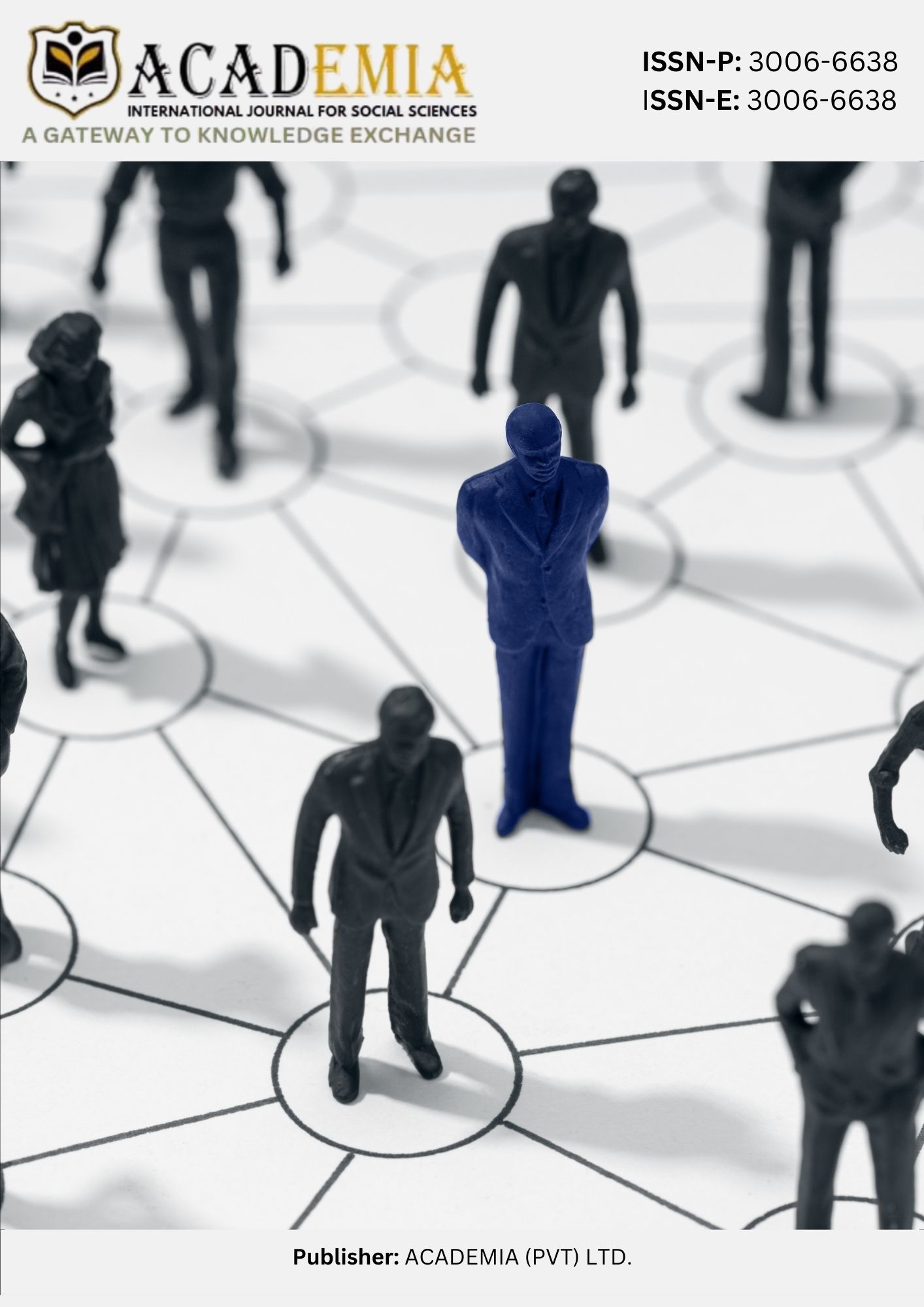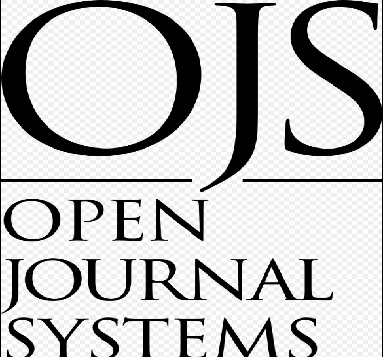Musnad Ahmad ibn Hanbal as a Hadith Compilation: A Methodological and Technical Study
DOI:
https://doi.org/10.63056/ACAD.004.04.0872Keywords:
Imam Aḥmad ibn Ḥanbal, Musnad-e-Aḥmad, ḥadīth sciences, methodology, legacy, Islamic scholarship.Abstract
Imam Aḥmad ibn Ḥanbal, the founder of the Ḥanbali school of thought, authored numerous works of lasting significance. Among them, his most renowned and monumental contribution is al-Musnad, a comprehensive collection of aḥādīth. While several other musnads were compiled both before and after it, none attained the same level of recognition, acceptance, and scholarly acclaim as Musnad-e-Aḥmad.This encyclopedic work preserves narrations from nearly seven hundred Companions, comprising 27,647 aḥādīth according to the edition of Shaykh Shu‘ayb al-Arna’ūṭ. The celebrated scholar Shah Walī Allāh al-Dihlawī ranked Musnad-e-Aḥmad alongside the second tier of ḥadīth collections, such as Sunan Abī Dāwūd, Sunan al-Nasāī, and Jāmi‘ al-Tirmidhī. Musnad-e-Aḥmad stands as a magnificent intellectual legacy in which Imam Aḥmad organized aḥādīth according to his distinctive methodology and scholarly conditions. Esteemed by scholars and researchers across generations, this masterpiece continues to illuminate the study of ḥadīth. The present article aims to examine the methodology and framework of Musnad Aḥmad, highlighting its scholarly value and unique contribution to the field of ḥadīth sciences.
Downloads
Published
Issue
Section
License
Copyright (c) 2025 Dr. Muhammad Naveed, Ayaz Akhter, Farah Sadique (Author)

This work is licensed under a Creative Commons Attribution 4.0 International License.












